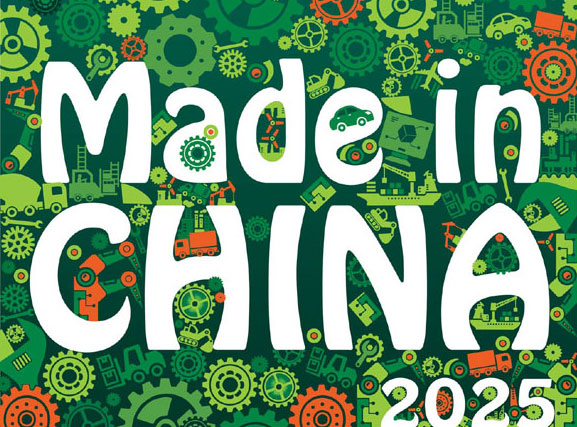Phones and drones - China's risk-takers who rule the world
Updated: 2016-01-03 09:42
(Xinhua)
|
|||||||||||
 |
|
Reporters visit the first Xiaomi store opened in Taipei, China's Taiwan, Aug 6, 2015.[Photo/Xinhua] |
Aside from its low price, Xiaomi's popularity can be explained by its innovative MIUI OS which was more smooth than the original Android OS.
As Xiaomi took the phone market by storm, it continually looked to the future and now offers a diverse range of Internet of Things products that interact with its mobiles including an air purifier, bathroom scales, blood pressure monitors, light bulbs, TVs and a webcam.
The success of Xiaomi and DJI boils down to continually reinventing themselves. The search for new technology and new ideas has become a palpable tide in China as the era of cheap labor and fast exports is washed away.
Innovation was put in first place in China's plan for the next five years, a plan with the grand goal of doubling 2010 GDP and per capita income of both urban and rural residents.
The government set aside 40 billion yuan last year to nurture startups. In the first three quarters of 2015, 10,000 new companies were registered each day.
As China becomes prosperous and more families, even those from rural backwaters, have access to higher education, people are becoming more confident risk-takers. Stable government jobs have gradually lost their shine with the chance of making a new product and reaping rich rewards within the reach of many.
In 2014, venture capitalists pumped a record 100 billion yuan into startups. The figure for 2011 was 30 billion yuan, but there is still ample room for improvement.
Despite being the world's second biggest gross R&D spender behind the United States, China still lags behind developed countries which normally spend 3 to 4 percent of their GDP on R&D. Last year, expenditure in research and development reached 1.3 trillion yuan, up 9.9 percent from 2014, and more than 2 percent of GDP, only the second straight year above the 2-percent mark.
Related Stories
Drone maker spreads its wings 2015-12-24 07:51
Drone pilots compete in Wenjiang 2015-12-21 16:57
Chinese drone makers turning to farmland 2015-12-07 07:49
Amazon gives glimpse at new delivery drone design 2015-12-02 08:16
Drone users face limits 2015-11-24 08:14
Drone flying will face stricter monitoring 2015-11-24 08:11
Today's Top News
Storm Frank batters northern Britain
Over 1 million refugees fled to Europe by sea in 2015
Germany to spend 17b euros on refugees in 2016
Demand booms for high-end financial talent
Abe expresses apology for Korean victims of comfort women
North China encounters gas supply shortage
Asian Infrastructure Investment Bank launched
Russia says it has proof of Turkey's support for IS
Hot Topics
Lunar probe , China growth forecasts, Emission rules get tougher, China seen through 'colored lens', International board,
Editor's Picks

|

|

|

|

|

|






